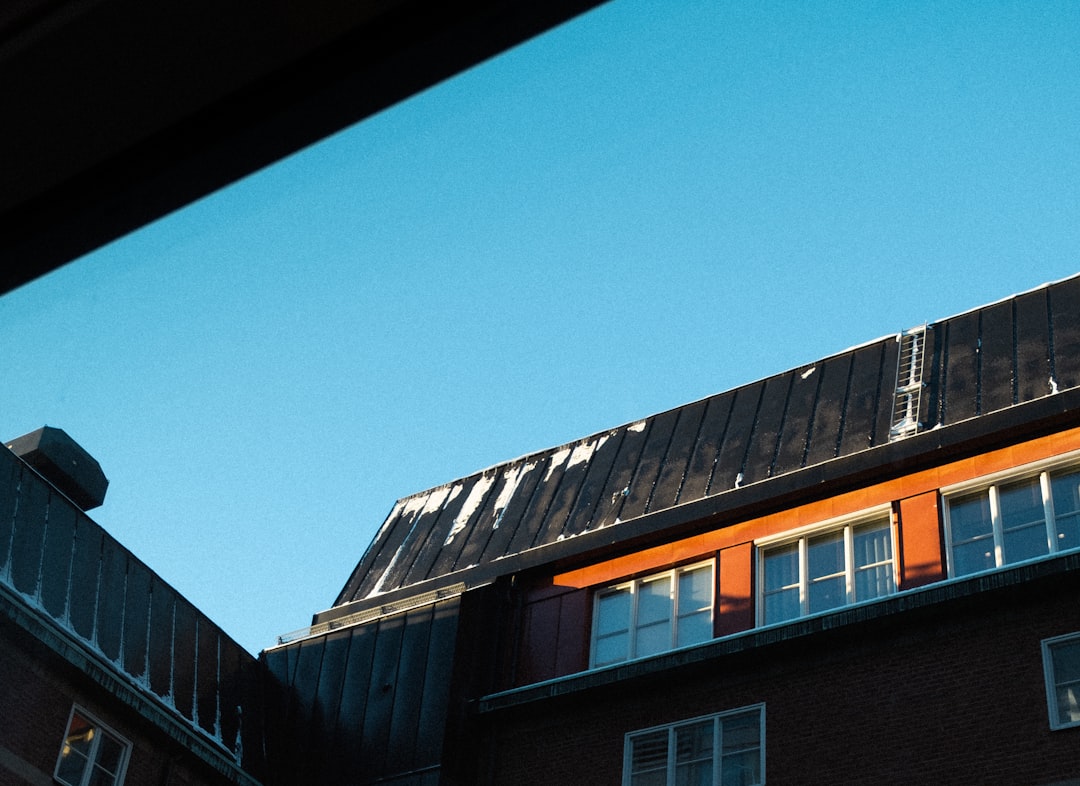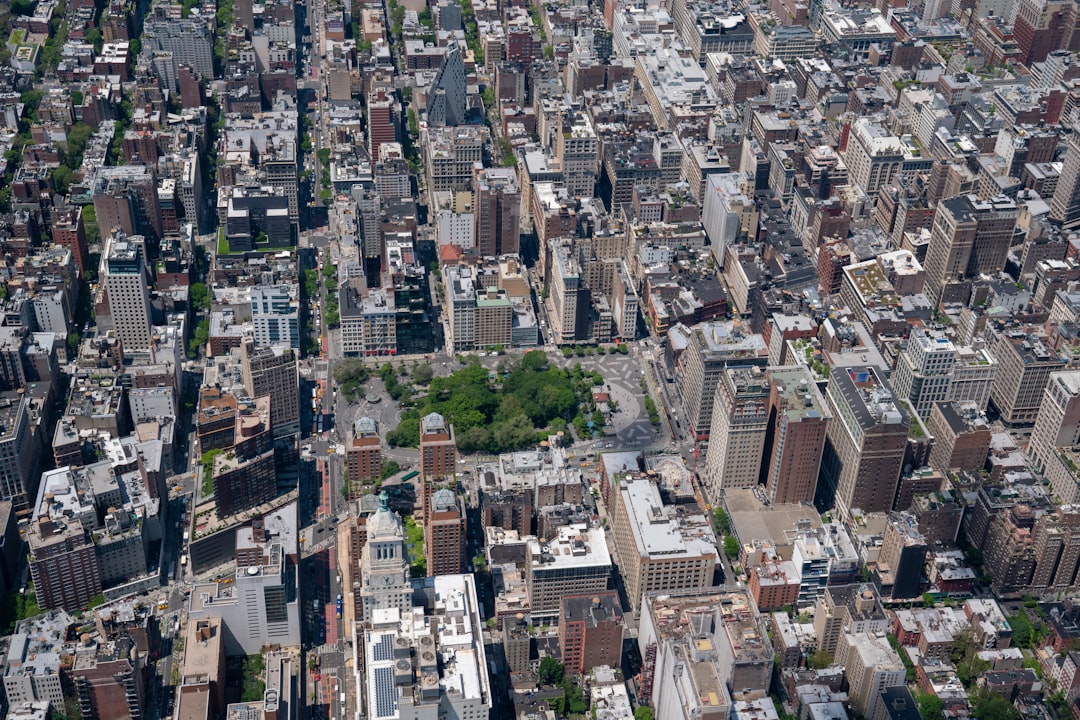Thinking about going solar? That’s awesome! Solar panels help you save money, cut down electricity bills, and help the planet. But here’s a fun twist — where you live changes everything. Yes, location matters. A lot.
Going solar in the city, suburbs, and countryside isn’t the same. Payback time, energy savings, and setup options all vary depending on your location.
So, let’s break it down. It’s Location vs. Solar Payback Time — simplified!
Contents of Post
What Is Solar Payback Time?
Let’s start with the basics. Solar payback time is the number of years it takes for your solar system to pay for itself in savings.
- Say you spend $15,000 on a solar panel system.
- Each year, you save $1,500 on electricity.
- It’ll take you 10 years to break even.
Easy, right? Now let’s compare how this works in the city, suburbs, and rural areas.
The City Life: Solar in Urban Areas
Living in the city? Think skyscrapers, busy streets, and, well… less rooftop space.
Here’s what you need to know about city solar:
- Limited Roof Space: Tall buildings and shared walls mean fewer spots for panels.
- Shadows Everywhere: Shadows from nearby buildings can mess with panel performance.
- Permits & Rules: More rules and longer wait time for approval.
But it’s not all bad news!
- Higher Electricity Rates: City utility rates are often higher, so your savings per kWh increases.
- Community Solar Options: Don’t have your own roof? You can buy into shared solar farms!
Average Payback Time: 8–12 years (depending on local incentives)

Suburban Sweet Spot
This is probably the best spot for solar. You’ve got a roof, fewer trees in the way, and you’re close enough to the utility grid.
Here’s why suburbs are solar-friendly:
- Perfect Roof Conditions: South-facing? Sloped roof? Great for sunshine!
- Local Incentives: Many suburbs offer rebates or special solar programs.
- Installer Availability: Solar companies love working in suburbs — it’s easy and fast.
Suburban homeowners usually install systems that are just the right size — big enough to cover their needs but not too pricey.
Average Payback Time: 6–10 years

Country Roads and Rural Rewards
Ah, the countryside. Wide open land, beautiful sunshine — and maybe cows.
Rural areas can be fantastic for solar, but there are some bumps in the road:
- Lots of Space: Want to go big? Try ground-mounted solar arrays!
- Lower Utility Bills: But wait — saving $100 a month isn’t the same as $300 in the city.
- Longer Distances: Installers might charge more to come out to your area.
Odds are, if you live off the grid or want energy independence, rural solar is the dream.
Bonus: You can also add battery storage for those extra rainy days.
Average Payback Time: 10–14 years
State & Local Incentives
No matter where you live, incentives can make a huge difference.
- Federal Solar Tax Credit: Get up to 30% back on your solar system cost.
- State Rebates: States like California, New York, and Colorado offer extra goodies.
- Net Metering: Sell extra power back to the grid and earn credits. Sweet!
Be sure to check your local programs. Incentive levels vary wildly, even within the same state.
Sunlight Matters Too!
If your area gets loads of sun, your panels are going to love it.
Compare Some Cities:
- Phoenix: Tons of sunshine = faster payback (as little as 6 years!)
- Seattle: Cloudier skies = slower payback (up to 15 years)
Even in colder places, solar still works. It’s all about how much light you get, not heat.
Rooftop vs. Ground-Mounted
Your location may affect where you place your panels:
- Urban: Rooftop is usually your only option.
- Suburban: Mostly rooftop, unless you have land.
- Rural: Ground-mounted systems are popular and practical.
Ground-mounted systems cost a little more, but you can angle them perfectly and clean them easily.
Battery or No Battery?
Want power during outages or at night? Then, batteries make sense — especially in blackout-prone or remote areas.
- City: Batteries optional; grid is pretty reliable.
- Suburbs: Great for emergencies or peace of mind.
- Rural: Ideal if the grid is unreliable or if you’re off-grid.
Just remember: batteries add thousands to your system’s cost — and extend your payback time a bit.
Final Showdown: What’s the Best?
There’s no one-size-fits-all answer. But here’s a quick recap:
| Location | Solar Advantages | Challenges | Payback Time |
|---|---|---|---|
| City | High utility rates, community solar | Shadows, space, red tape | 8–12 years |
| Suburbs | Great roofs, good sunlight, easy installs | Some shading/HOA issues | 6–10 years |
| Rural | Lots of space, energy freedom | Installer access, lower energy bills | 10–14 years |
So… Should You Go Solar?
If you live in the suburbs — go for it!
If you’re in the city — check if you can join a community solar project or work with a solar-friendly landlord.
If you’re rural — and love the idea of energy independence — solar plus batteries may be perfect.
Wherever you live, the sun’s shining. All you have to do is capture it!
Ready to explore your solar potential? Get local quotes, check your roof, and grab those sweet incentives. Your wallet (and the planet) will thank you.

